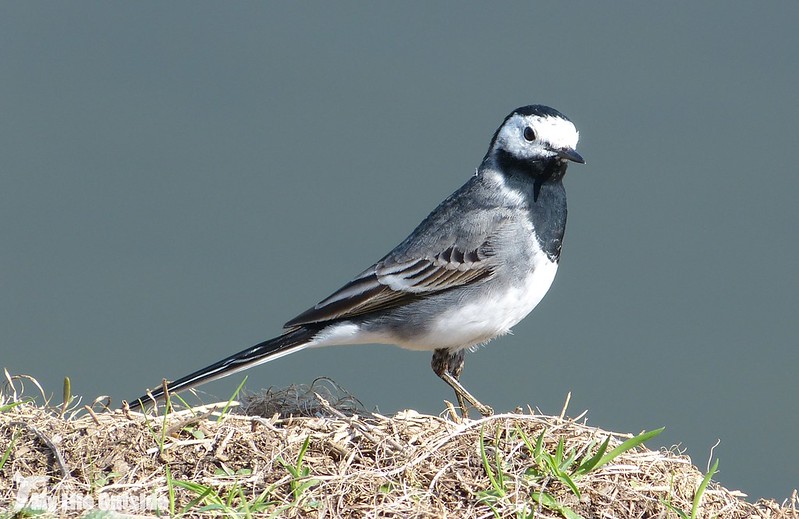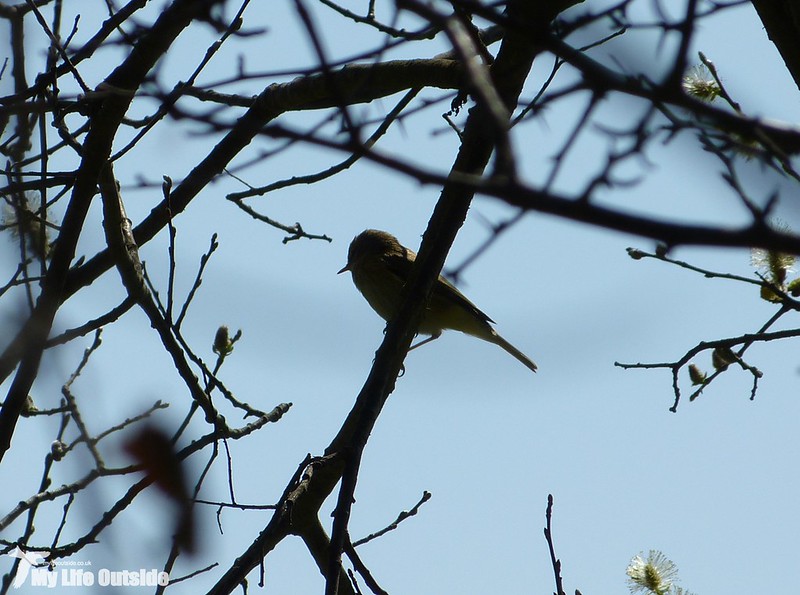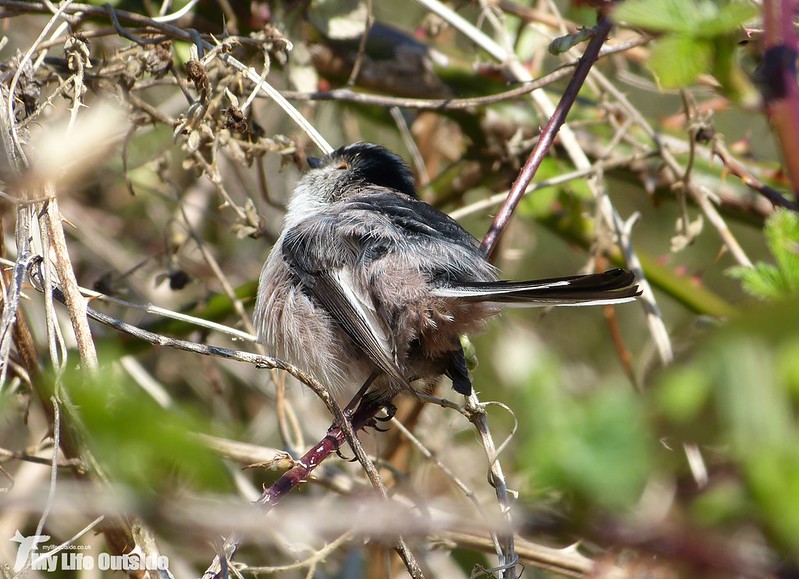By the time we turned in on Sunday night the temperature was hovering around five degrees. A few hours later it was marginally above one and we were definitely feeling it inside our tent. Having joked about finding ice on the car before setting out on this trip it seemed as though we’d tempted fate but come morning a clear sky and warming sun quickly banished any lingering chill. For the first time this year it genuinely felt like Spring with even the air itself carrying that faint whiff of dried grasses and whatever else goes in to making this time of year so recognisable (terrible description I know). It didn’t take long to get the tent packed away but in such glorious conditions we weren’t ready to head for home just yet. Instead we crossed the border into Devon and set about exploring Seaton Wetlands. Covering three local nature reserves the work that’s been put in to developing this area for wildlife is truly inspirational and exactly the kind of place I’d love to have on my own doorstep. We visited for the first time a couple of years ago and since then I’ve been keeping up with the various comings and goings through Steve Waite’s excellent blog Axe Birding. For a relatively small area the wetlands have an impressive record at pulling in rarities and with Spring in the air perhaps it was finally time for those migrants to put in an appearance.

Seaton Tramway runs alongside the reserve
First up was Black Hole Marsh and, as with most other places across the weekend, Chiffchaffs were both numerous and vocal. We watched at least two birds flitting through a hedgerow next to the car park with another out towards the estuary hide and many more undoubtedly remaining unseen. From the hide itself we were afforded a great vantage point across the river where several Shelducks and Redshanks were feeding on a falling tide, not to mention probably the best views of Seaton tramway anywhere along its route (see above). More mud was to be found in the saline lagoon where upwards of 160 Black-tailed Godwits were gathered along with another four Redshank and two Oystercatchers. Singles of Little Egret and Grey Heron were also present with sleeping Teal out on one of the islands and a Buzzard overhead. It wasn’t until we’d moved over to the Island Hide however that we struck gold with two Little Ringed Plovers. Though distant they were clearly identifiable despite the relative scarcity of our encounters with this species. That didn’t stop us from debating the second individual for a while which initially appeared significantly larger than the first. Closer examination of my terrible record shots however has revealed them to be one and the same. Sadly they never came any closer but were great to watch and finally we had a bona fide migrant on our hands.

The Pied Wagtail above was one of a pair feeding just outside the hide before it was over to the visitor centre which, given it was a weekend, was manned with several helpful volunteers. Checking their sightings board I was somewhat irked to discover that we’d missed a pair of Penduline Tits the day before but quickly moved on after hearing the unmistakeable call of a Willow Warbler nearby. Finally! A quick search of the trees found two birds present, one of which I managed to get on camera. If ever there was a bird which represents Spring then this has to be it and I am more than a little pleased to finally see them arriving.

There was still more to come however as a trio of Swallows flew overhead, our first since Marazion last month. They were clearly set for destinations further afield however and were gone as quickly as they’d arrived.
Heading next to Colyford Common it was hard to miss the number of butterflies on the wing with both Peacock and Small Tortoiseshell well into double figures. Combined with a Brimstone from earlier in the day and numerous species of Bee, it was clear that the insect world was awakening too. Our final stop was over at Seaton Marsh where more Black-tailed Godwits were feeding right next to a single dozing Wigeon. I’d have expected the latter to have all headed off for their breeding grounds by now but this individual must still have a hankering for some Devon sunshine. Another bird enjoying conditions was this Long-tailed Tit which after preening spread its wings to soak up a few rays. I’ve seen similar behaviour by Blackbirds before but never from one of these.

As I said at the beginning of this post the work being put into Seaton Wetlands is to be commended and long may it continue. For us though it was time to wave goodbye and endure the slow crawl back home amongst the M5’s infamous Bank Holiday traffic. At least we had happy memories to carry us through and talk inevitably turned to our next camping adventure. One of my new year goals was to spend more weekends away under canvas and with a couple of trips already on the cards to Skomer, I think we’re well on our way to achieving that aim. Let’s just hope the weather continues to be as kind to us as it was during this weekend although I’d happily welcome a little extra warmth overnight.



2 Comments
Sondra · April 12, 2015 at 1:19 am
Wonderful trip you had, I agree more time under canvas is a great idea!
Adam Tilt · April 23, 2015 at 10:51 pm
Thanks Sondra. Can't wait to get out camping again.